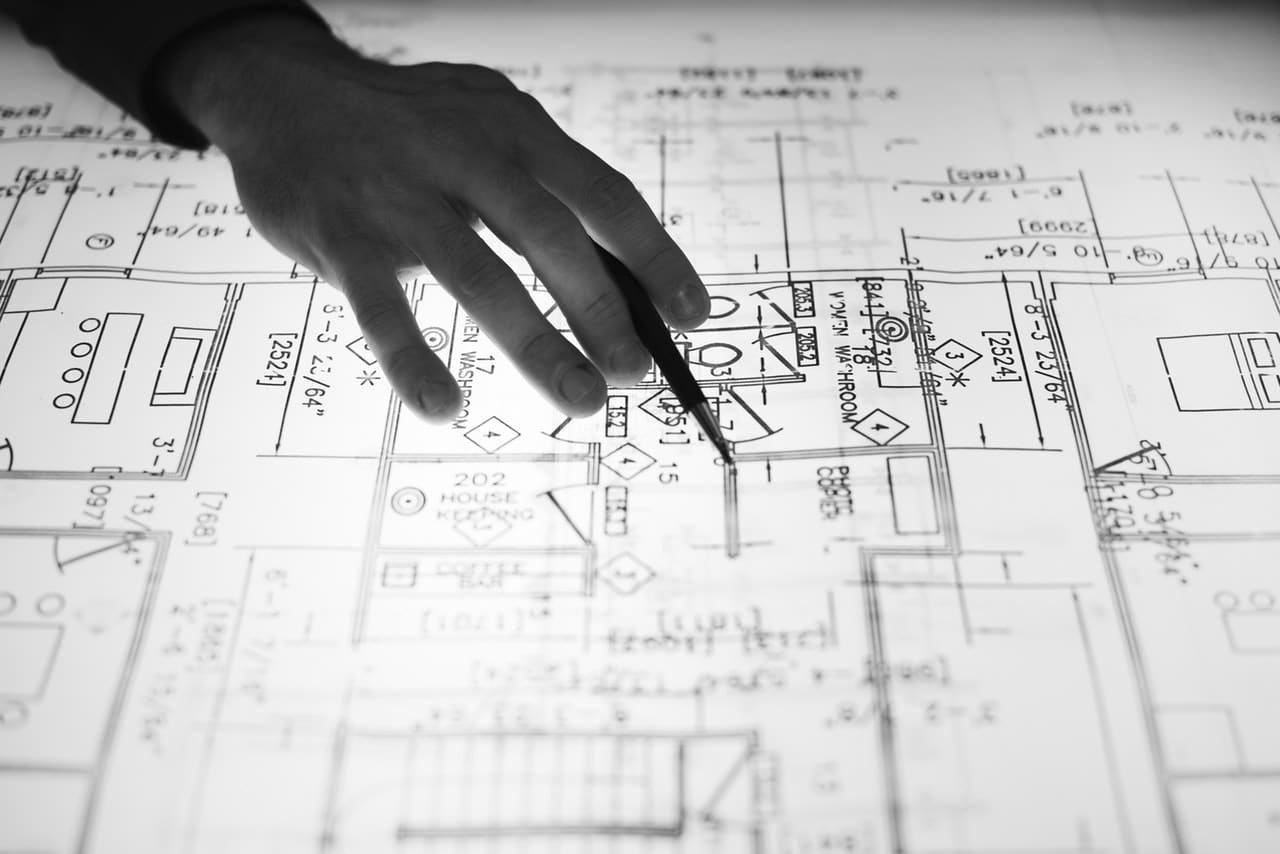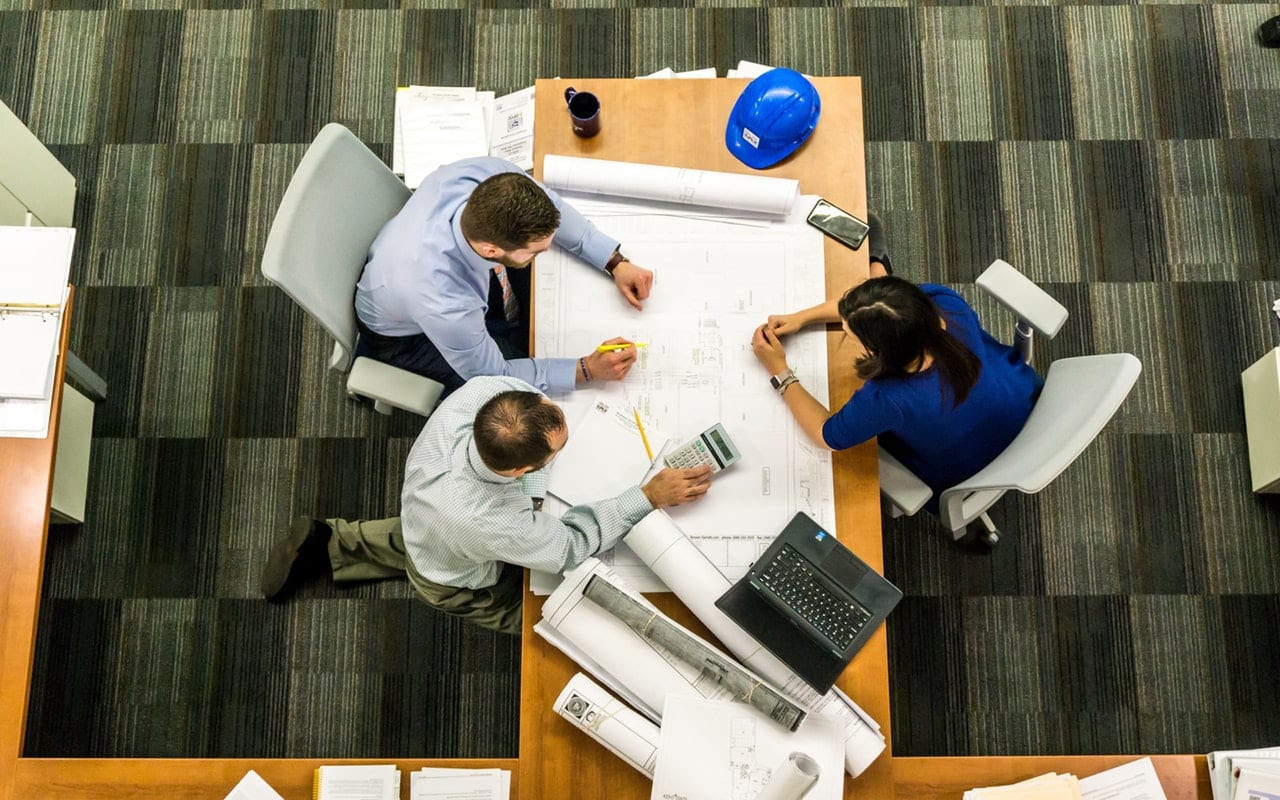The construction industry has come a long way in the past decade or so, benefiting greatly from the inception of smart mobile devices, drones, the evolution of artificial intelligence, among other present-day technologies. Consequently, that forms the subject of today’s discussion as we take a look just how technology has made the construction industry more efficient and effective.
IMAGE: PEXELS
1. 3D Printing For Modeling And Design Purposes
Before the digital age, modeling, and planning involved intricate, hand-executed, and cumbersome architectural work to mimic the proposed design on an accurate and reduced ratio. Now though, the job has become a lot easier thanks to three-dimensional object printing technology.
Aside from the convenience it affords, 3D printing has also allowed architects to concentrate more on their creativity rather than the technical aspects of pre-design. Moreover, it has enabled instant sharing of designs for instantaneous feedback and also made it easier to pinpoint errors with dire financial implications before they make it into the actual construction.
2. Construction Accessories And Wearables
A hard hat, safety cones, visibility vest, and whatnot have become commonplace around construction sites thanks to the added safety benefits they present. To complement these, technology has also added to the list items like health trackers, and sophisticated vests which have gone a long way to assure the safety of workers.
These technological upsides also extend to the clientele, with the use of virtual reality enabling customers to experience a proposed design firsthand before any groundbreaking is done to determine whether they like what they are seeing or not.
3. Site Surveillance Via Drones
The ability to fly drones autonomously and to control them from afar has had its usefulness in the construction niche. Coupled with the prowess to reach great speeds, and provide high definition imagery, drones can deliver real-time pictorial information about a site.
What’s more, the miniature sizes of these drones means that they easily squeeze through crevices and small openings where it would be impossible for a person to do the same. Additionally, they also ensure human safety by alleviating physical inspection of extremely busy or high-risk areas.
4. Laser Scanning
High definition surveying (HDS) or laser scanning entails the use of laser beams to scan an existing construction project down to the very last detail. It is similar to taking a 360-degree still only with the added ability to see objects down to their pixel composition.
Laser scanning has become an essential inspection software on account of its high precision, which enables inspectors to determine the condition of the space quickly accurately and with less hassle compared to conventional means of inspection.
5. Anti-Collision Software
Tower-crane incidents or accidents involving overhead powerlines were a frequent occurrence before anti-collision software came along, but now the statistics are changing for the better. Huge machines and dangerous equipment can now be seamlessly implored simultaneously to complete different aspects of a singular task while keeping workers and the tools themselves safe.
In many places around the world, anti-collision software is no longer a matter of convenience but one of necessity as stipulated by law. For example, in France and the state of California, it is illegal for tower cranes not to have anti-collision systems.
6. Mobile Gadgets And Applications
Mobile devices like tablets and smartphones have made data management a walk in the park as has cloud technology, which has further facilitated the sharing of resources that were initially restricted to the confines of an office. It’s safe to say that mobile devices have also bettered communication around a construction site while the applications therein have made documentation easier and provided real-time plan access.
7. GPS Tracking
There are brimming advantages of GPS tracking in construction, most notably its usefulness in route planning. By rapidly finding out ideal route paths, idle time for heavy-duty machines decreases, which consequently also results in a significant reduction in fuel expenses.
Also, GPS tracking streamlines the management process, enabling the fleet manager to determine whether the equipment is on-site or en route or if it’s diverted to another location altogether. Record keeping entailing metrics like time-out, time in, among others, also becomes a breeze with digital billing reducing the amount of paperwork as well.
It seems technology is just beginning to scratch the surface with the continued advancement of artificial intelligence and other technologies set to further revolutionize the construction industry in the years to come.
Author Bio: Chris Giarratana is the co-founder of StrategyBeam, an Orlando marketing agency, where he works with small businesses and nonprofits to achieve their goals. He helps drive conversions and boost sales through SEO marketing, Google AdWords management, and copywriting services.
If you are interested in even more technology-related articles and information from us here at Bit Rebels, then we have a lot to choose from.


COMMENTS